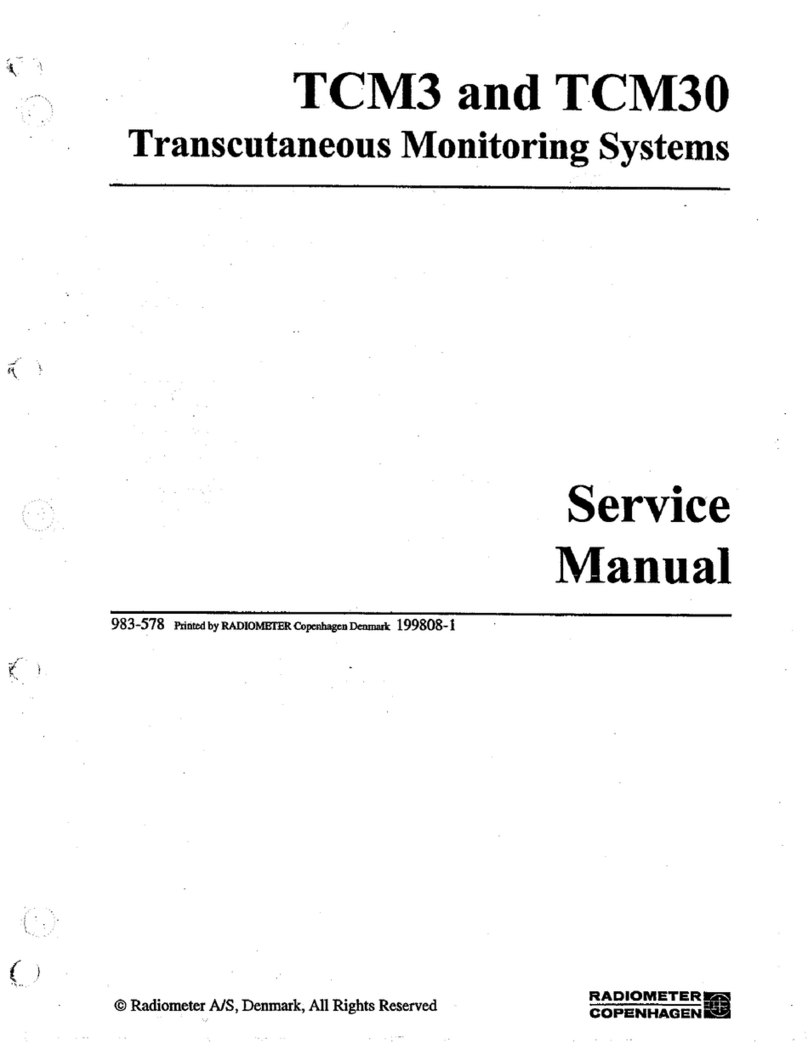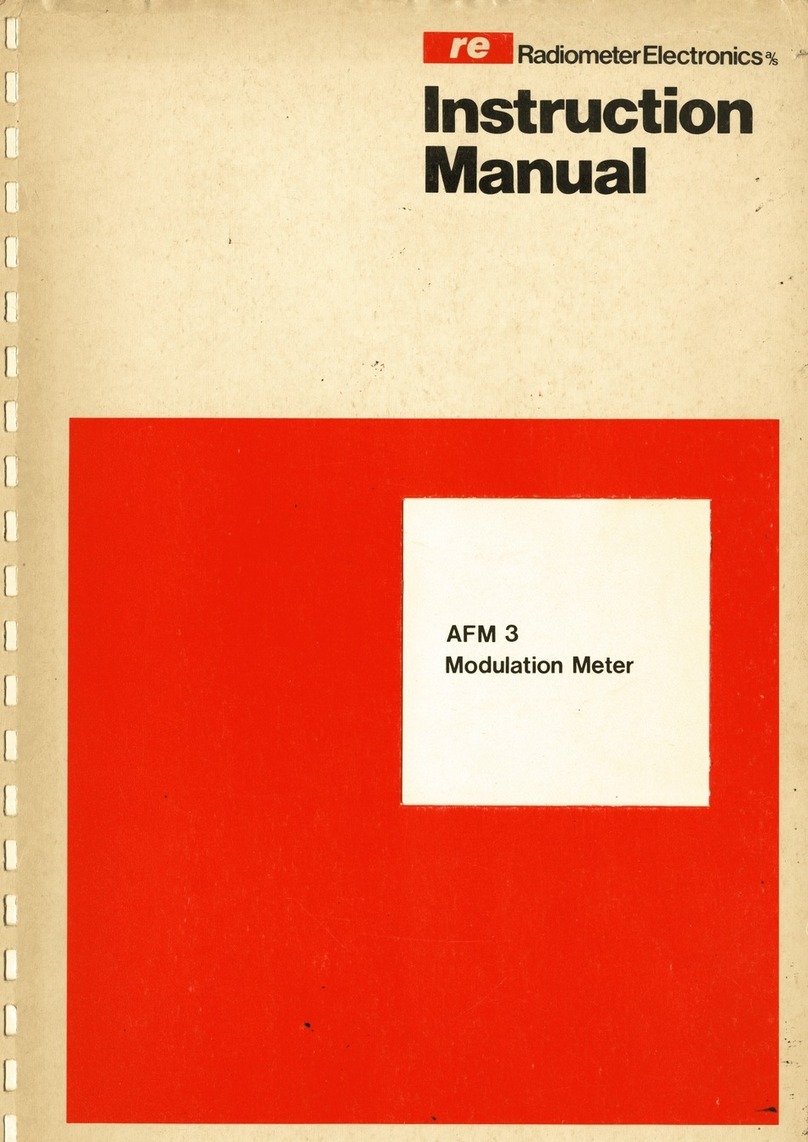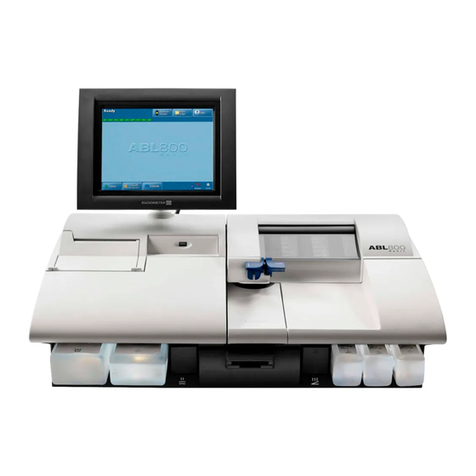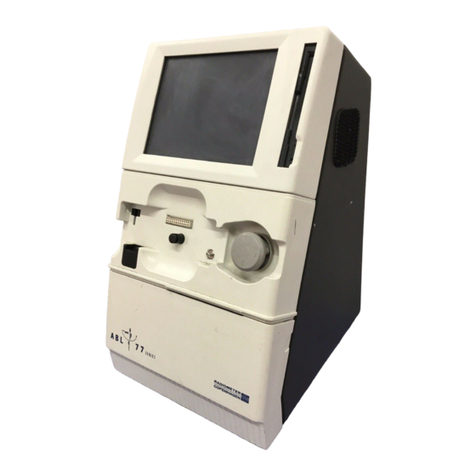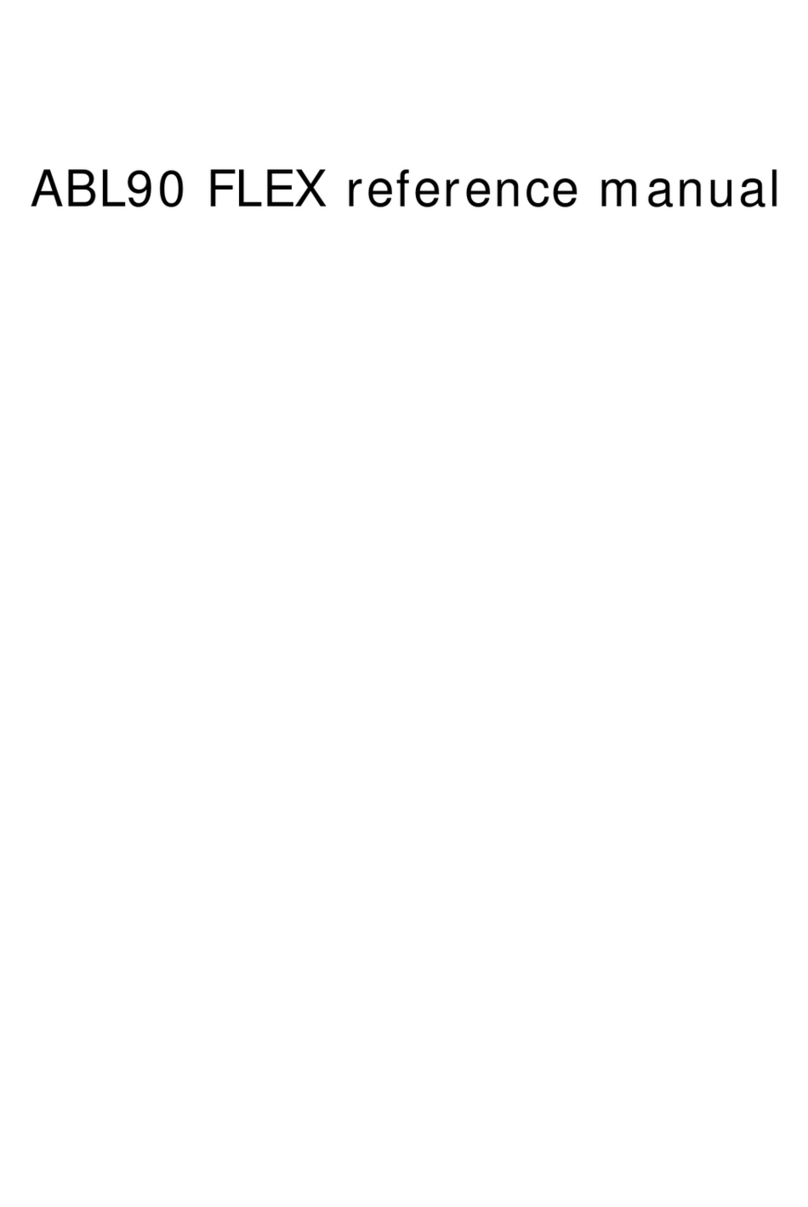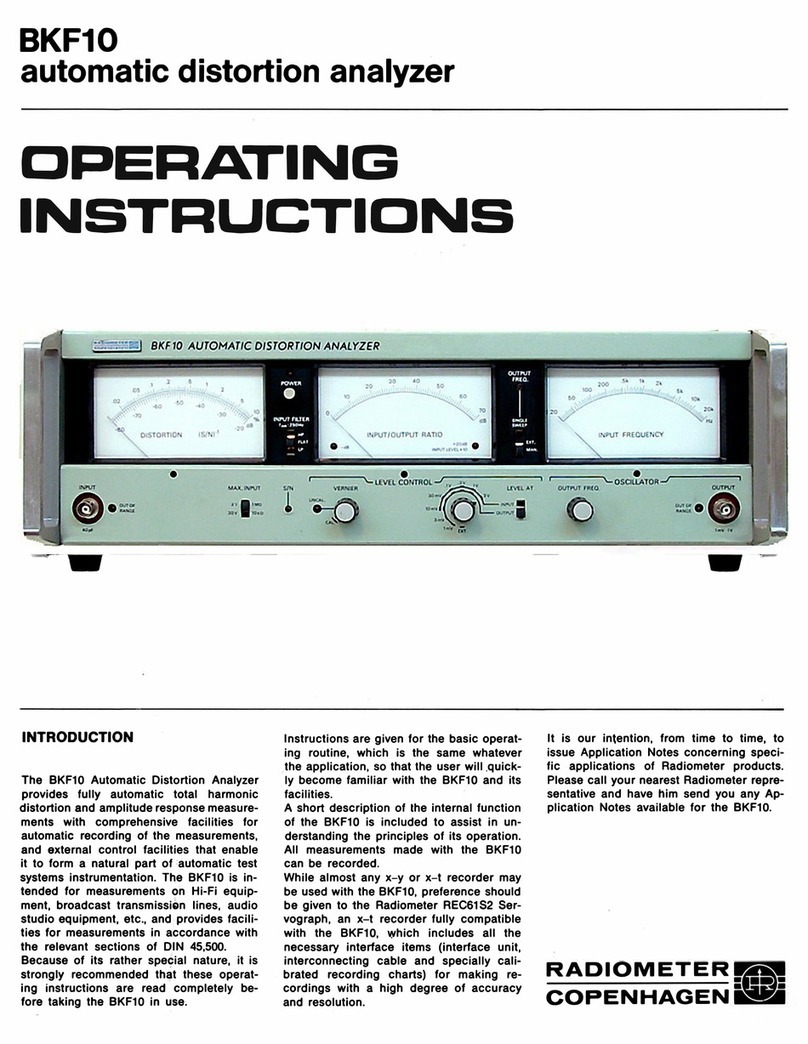
Modulation Meter
Type AFM2
Section
A.
Introduction
Fig
.A1
.
The I'tAodulation i'Aeter,
type
AFM2.
The Modulation Meter, type
AFM2,
is
a solid-state, line- or battery-operated
precision measuring instrument for ac-
curate measurement of the modulation
depth of
AM
signals and the peak devi-
ation of
FM
signals in the carrier fre-
quency range from
5
to 1002 MHz. The
Modulation Meter
is
designed for ac-
cepting telemetric signals with a modu-
lation frequency up to 200 kHz, and
stereo signals for which it features an
L/R-separation of
46
dB.
The
indicating metel- has fuI
I
-scale de-
flection for
3,
76,
30,
and
1
0C9h
AM,
and
53,
*1C,
k3C1
If;GC,
and
zt2C.C
kti~
t
hl\,
peak value. Due to the vely
srnall amount of residual modulation
generated in the idiodulation Meter plop-
er, it
is
possible to measure residual
FM
and
AM
in
oscillators, sp~~rious
AM
on
F"M
signals, and vice versa. Accilrate
measurer(enfs on distol-ted signuls are
rendered easy by a swit2l.l that enables
the positive and the negative peak val-
ue to be measured separately. If in-
creased resolution
is
desired, an exter-
nal indicator, such as a voltmeter,
con
he
e--plo)/ed to extend
ihe
measuring
ranges downwards.
The input signal level necessury for full
occbracy
is
3
mV in the carrier frequen-
cy range
5
to
200
MHz,
20 mV in the
range
2CC
to
60C
Mtlz, and
30
mV in
the range
SCO
to 1003 MHz. The maxi-
mcim operating input
voltage
is
10
V.
Besidzs a manual level control, the
Modulation Meter features
an
automatic
level control with a regulating range
of
40
dB.
To increase the versatility of the Mod-
ulation Meter for nreasvren;ants on nar-
row-band equipment, it
is
provided with
two
IF
bandwidths of *20 and k400
kHz, just as three standal-d deen~phasis
networks of
50,
75,
and 750
s,
one
non-standard of
6
dB/octave (ref.
1
kHz),
four low-pass filters with frequencies of
3,
15,
75, and 200
kHz,
and ore band-
pass filter with
3
dB points at 50 Hz and
15
kHz,
ensure optimal measuring condi-
tions for a wide range of applicatio~s.
A
Crystal Oscillator Unit, code
900-252,
is
available. See
SECTION
C,
Scans by ArtekMedia © 2008












